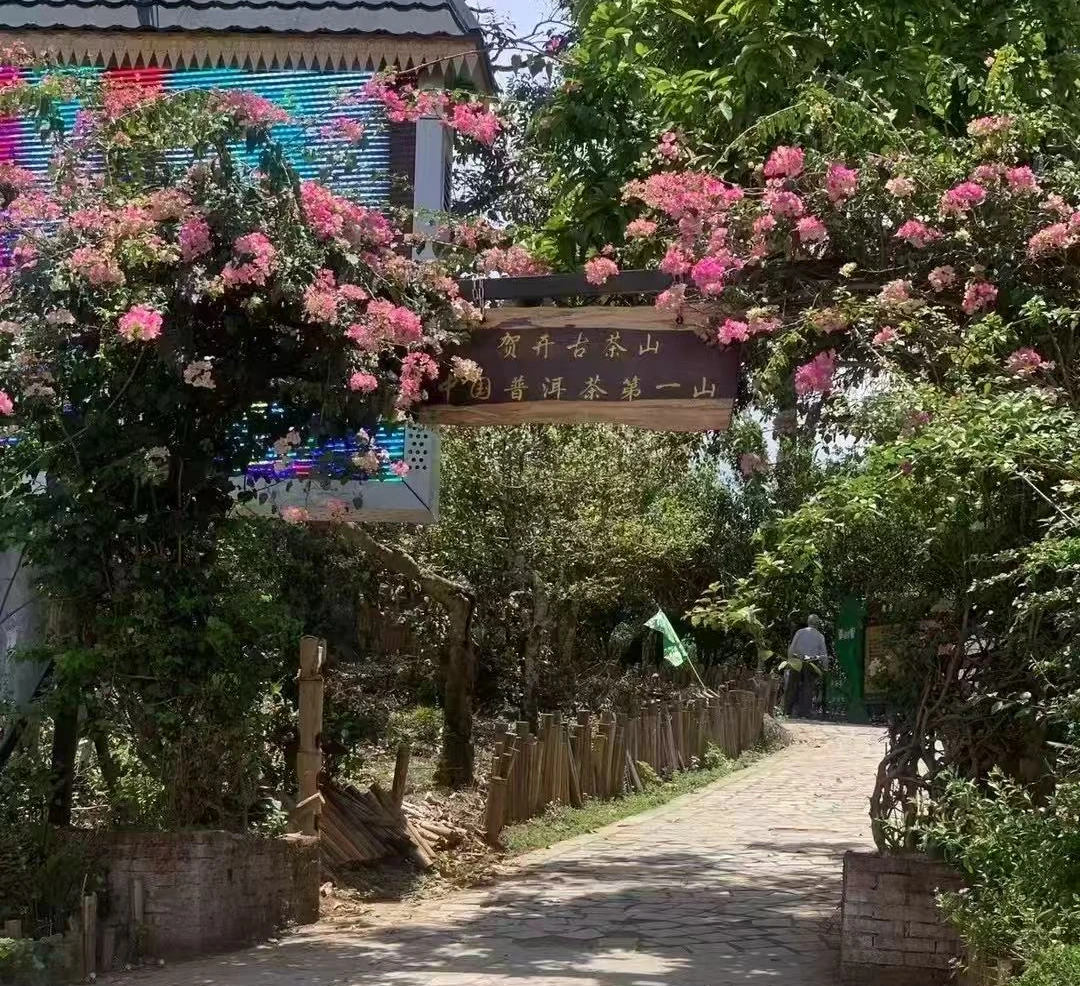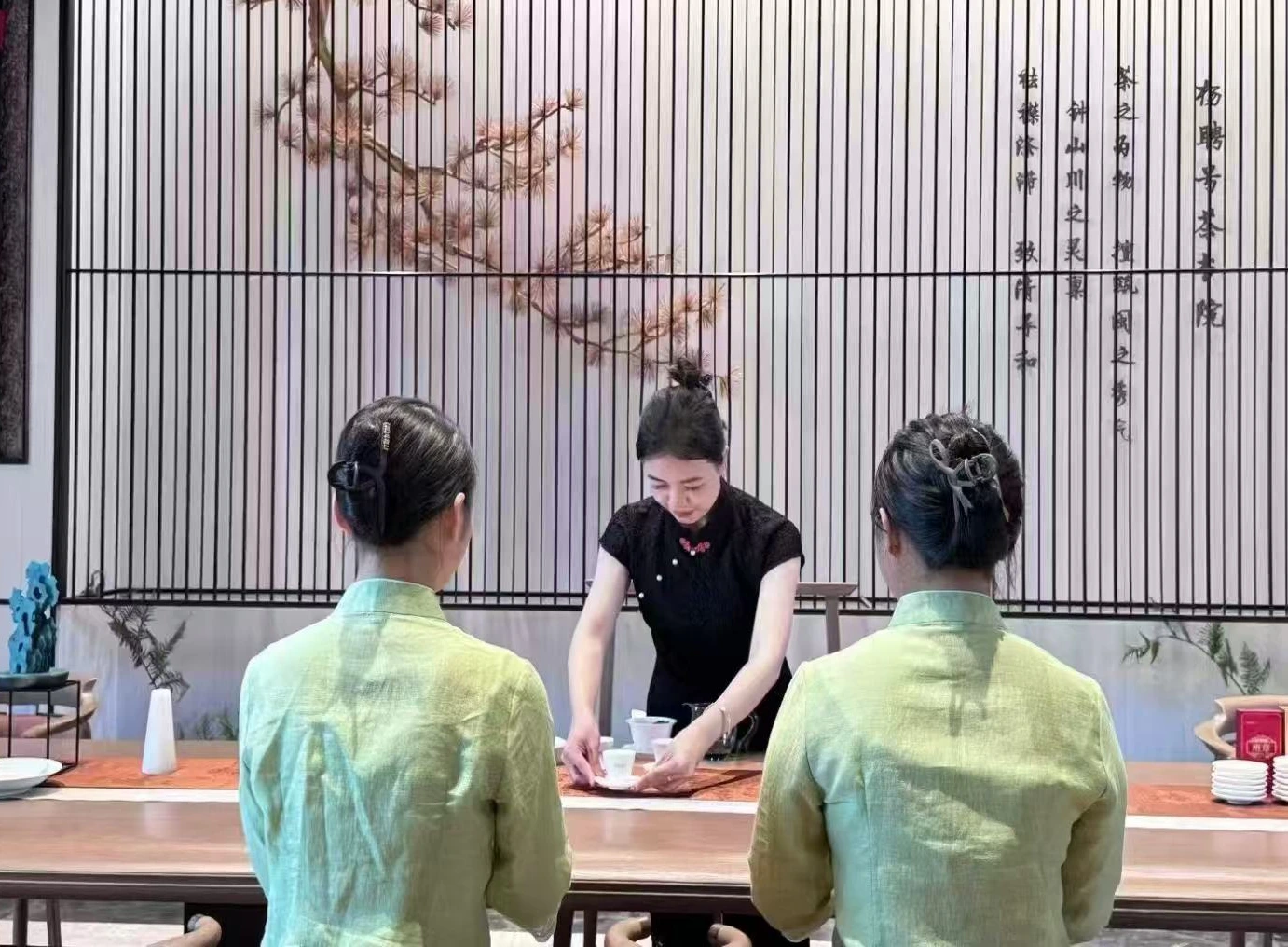Pu Erh tea ceremony is an invitation to slow down—a journey that begins the moment you feel the warmth of your teacup in hand, inhale the rich, earthy aroma, and watch amber liquid swirl like molten gold. In today’s hectic world, few experiences rival the quiet power of a dedicated tea ritual: it nourishes the spirit, sharpens the mind, and connects us to centuries of Yunnan tradition.
Whether you seek pu erh tea for meditation to calm a busy mind or pu erh tea for study focus to sustain long hours of concentration, mastering the Pu Erh tea ceremony transforms any break into a restorative oasis.

Origins & Philosophy of the Pu Erh Tea Ceremony
Rooted in the misty hills of Yunnan, the Pu Erh tea ceremony traces back over a thousand years. Early tea traders along the Ancient Tea Horse Road discovered that post-fermented Pu Erh tea—valued for its longevity and health benefits—could foster deep connection and mindfulness. In the ceremony’s philosophy, each step from water heating to final sip becomes a meditation: a moment to honor nature’s bounty, the craftsmanship of tea masters, and our own capacity for presence.
Essential Tools & Tea Selection
Choosing Your Pu Erh Tea
Selecting the centerpiece for your ceremony matters. Raw (sheng) Pu Erh offers bright vegetal notes that evolve over decades; ripe (shu) Pu Erh delivers immediate, velvety earthiness. Both shine in ceremony, but beginners often start with ripe Pu Erh tea’s smooth body and comforting aroma.
Ceremony Teaware
- Gaiwan: A lidded bowl ideal for observing leaves unfurl.
- Yixing Clay Pot: Porous clay that enhances flavor with repeated use.
- Tiny Cups: Encourage mindful, small sips rather than hurried gulps.
Setting the Ceremony Space
Create a sanctuary: clear away clutter, dim harsh lights, and perhaps light a single candle. Arrange teaware on a low table or bamboo tray, and invite a sense of calm with soft background music or silence.
Step-by-Step Pu Erh Tea Ceremony
Warm-Up & Invitation
Begin by heating water to the appropriate temperature—around 95–100 °C for ripe Pu Erh, or 90–95 °C for raw varieties. As the kettle hums, close your eyes, draw a deep breath, and set an intention: “I invite calm focus,” or “I honor this moment.”
Tea Rinse & First Infusion
Place 5–7 g of tea into your gaiwan or pot. Pour a small amount of hot water to rinse—this “awakens” the leaves and spreads dust. Discard rinse water, then pour again for the first infusion, steeping just 20–30 seconds.
Multiple Infusions & Deep Sipping
Sip slowly, noting the texture and evolving aroma. Repeat infusions 6–12times, increasing steep time by 10 seconds each round. With each cup, let your senses deepen: taste the soil-driven warmth, feel the gentle caffeine lift, and savor the lingering aftertaste like a warm embrace.
Closing Moments
After the final infusion, hold your empty cup, reflect on the ritual’s journey, and express gratitude—to the tea, to yourself, and to the centuries of artisans who made this possible.
🔗 For more tea brewing methods, check out the YouTube video explaining the brewing methods.
Enhancing Your Ceremony
Pu Erh Tea for Meditation
During meditation, sip Pu Erh between silent intervals. Its grounding earthiness and gentle caffeine support a calm yet alert state, anchoring wandering thoughts.
Pu Erh Tea for Study Focus
For study sessions, choose a light raw Pu Erh tea for its clarity-enhancing polyphenols. A cup every hour can help sustain concentration without jitters—perfect for long reading marathons.
Seasonal & Flavor Variations
Experiment with aged Pu Erh tea in winter for cozy depth, or a light young sheng Pu Erh in spring for floral brightness. You might even infuse a hint of ginger or orange peel to celebrate seasonal harvests.
Cultural & Health Benefits
Beyond sensory delight, the Pu Erh tea ceremony offers:
- Digestive Harmony: Fermented tea compounds promote gut balance.
- Antioxidant Power: Polyphenols and theabrownins help combat oxidative stress.
- Community Bonding: Sharing ceremony builds connection and cultural appreciation.
FAQs About Pu Erh Tea Ceremony
- How long does a full ceremony take?
Typically 30–50 minutes for 6–12 infusions. - Can I use any Pu Erh tea?
Yes, but choose quality loose-leaf or pressed cakes over dust-filled tea bags. - How often should I hold a ceremony?
Once a week fosters mindfulness; daily mini-ceremonies invite regular calm.

Conclusion: Embrace the Pu Erh Tea Ceremony
The Pu Erh tea ceremony is more than a beverage—it’s a deliberate pause, a sensory celebration, and a bridge to inner stillness. By selecting your tea mindfully, crafting a serene environment, and following each step with attention, you transform simple sipping into a timeless ritual. Pour, steep, sip, and discover how Pu Erh tea can enrich every aspect of your life—mind, body, and spirit.



